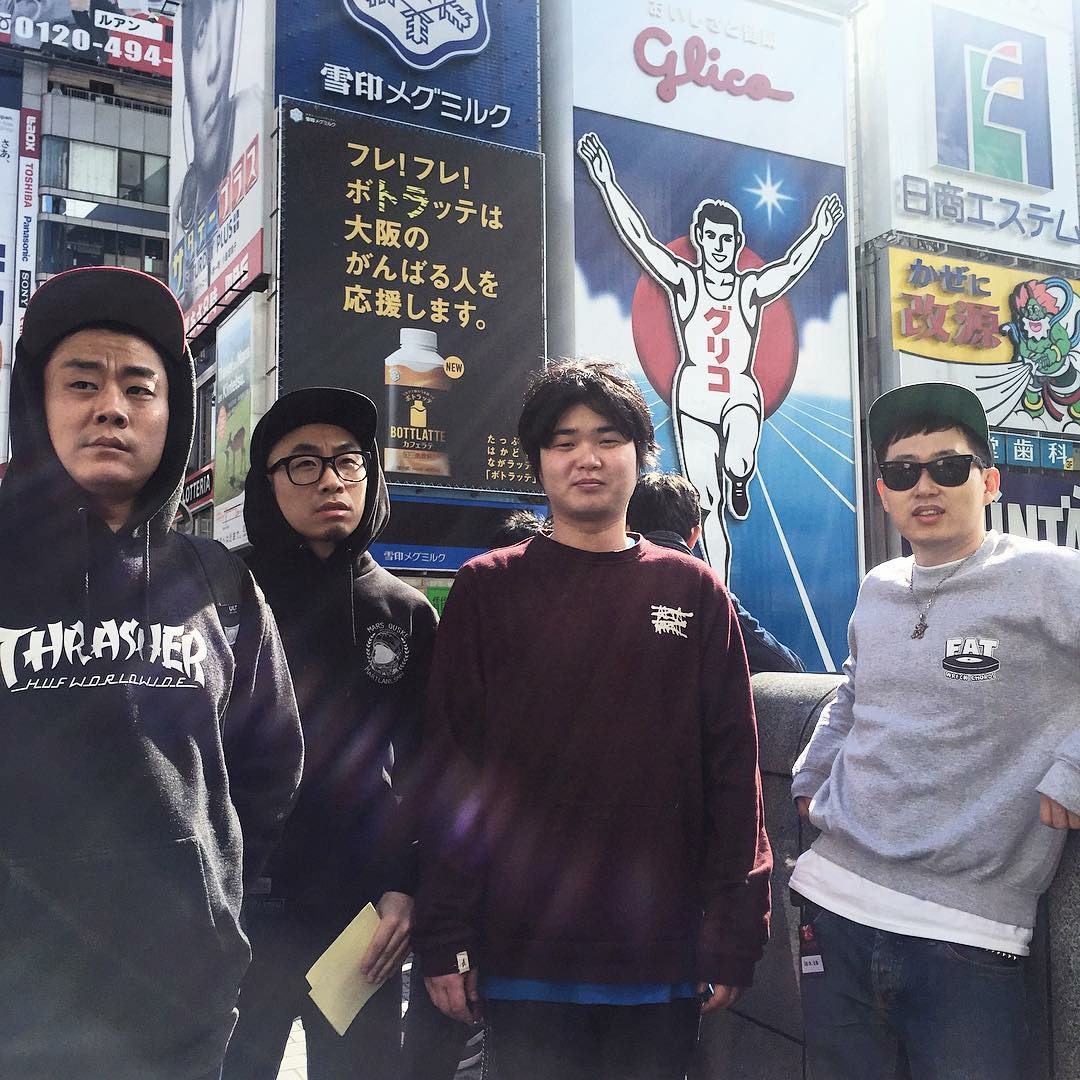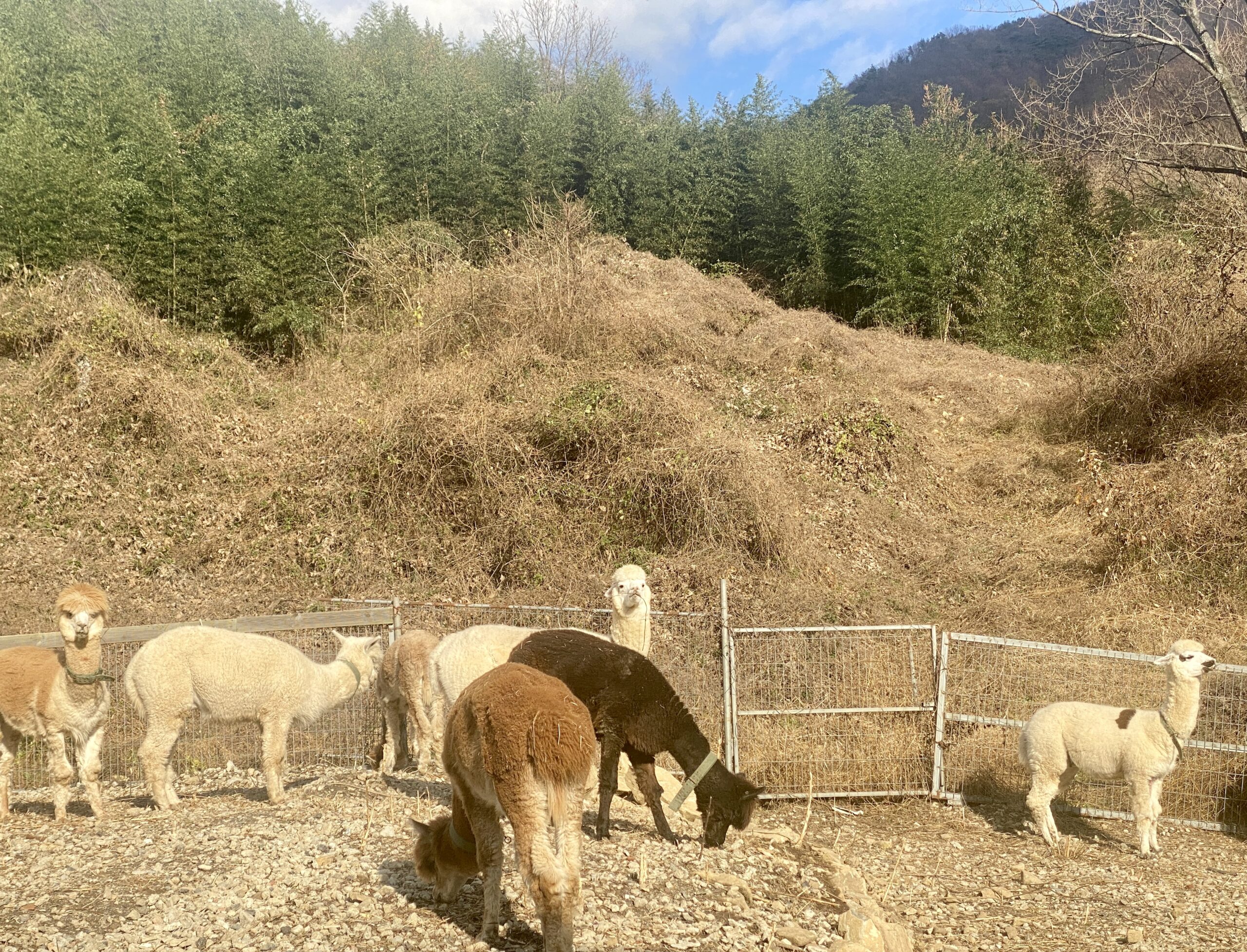Torture to Treasure: The May 18th Liberty Park
Special Thanks to Lee Mi Ae and Choi Shin-ae
Today the grass at May 18th Liberty Park covers ground that in the 1980s was only sand and pebbles. This Gwangju landmark, which now recognizes human rights, used to represent something else.
A sign written in Korean and English states that the current grounds remain preserved “as a symbol of the heroic pro-independence struggle of Gwangju citizens and the tragic human rights violations that resulted in the death or near death of innocent citizens who loved democracy.”
Lee Mi Ae has worked for seven years as a May 18th Liberty Park officer, believing in her work’s impact. “This is the real story of the movement. Most young people now do not know about May 18th exactly, so they should know the truth and purpose of this park.”
Unlike its name, a park tour leaves you with a feeling not of liberty, but with honest and haunting reminders of what happened on land less than a football field in size.
Countless prisoners were brought in trucks, and soon afterwards, they were herded into the Military Police Headquarters, being severely interrogated and tortured before being pushed into their new homes, the prison chambers.
Military government officials lived in the barracks, kept their supplies in a storehouse, used bathrooms with privacy, enjoyed meals in a mess hall and worked in interview rooms.
Just a short distance away from these buildings stood the guardhouse, housing the prison and the
prisoners’ screams, a horror now visibly depicted by mannequins.
Inside the prison, six chambers sit side-by-side. Inside a single chamber, guards also sliced, beat and harassed as many as 150 prisoners. In fear of being clubbed to death, prisoners listened to the guards’ instructions by standing, sitting or kneeling as early as 6 a.m. and as late as 10 p.m. everyday.
 Lee also explained that waterboarding was commonly practiced as a torture technique for the military dictatorial government to obtain new information of the civilian government’s uprising. Waterboarding occurred within earshot and eyesight of other soldiers enjoying their meals in the mess hall.
Lee also explained that waterboarding was commonly practiced as a torture technique for the military dictatorial government to obtain new information of the civilian government’s uprising. Waterboarding occurred within earshot and eyesight of other soldiers enjoying their meals in the mess hall.
Prisoners rarely slept, due to close proximity with other prisoners, fear of rashes and skin diseases and malnourishment from limited food, usually three spoonfuls of rice.
Some prisoners received breaks by attending their own trials at the next-door courthouse. Without representation, prisoners always received a life or death sentence. On one occasion, 421 people were sentenced at the same time by the military court—four to death and the rest to life
However, the total numbers of dead and captured prisoners, along with other statistics, are sadly unknown, as those records were destroyed.
Lee believes that Korean and international residents should  still visit this park. “Nowadays, national dictatorships in other countries still exist. The universe has to know our historical case with May 18th. They should be given the chance to consider how their country can develop peacefully with freedom.”
still visit this park. “Nowadays, national dictatorships in other countries still exist. The universe has to know our historical case with May 18th. They should be given the chance to consider how their country can develop peacefully with freedom.”
Another park sign perfectly proclaims what has been accomplished: “Yet the prisoners never caved in to such atrocities, having the firm belief that truth always prevails in the end.”
Ultimately, what exhibits this park’s beauty is the story’s conclusion. “I want the universe to know of peaceful places and communities, and this story is the model leading us towards this reality,” continued Lee.
To reach the May 18th Liberty Park by bus, take Bus #1, 2, 22, 63, 64, 518 or 1000, all of which drop off visitors at the park’s entrance. By subway, the Kimdaejung Convention Center (Mareuk) Station is the closest stop. Take Exit #5, walk 5 minutes, walk around the Convention Center and cross the street behind it.




